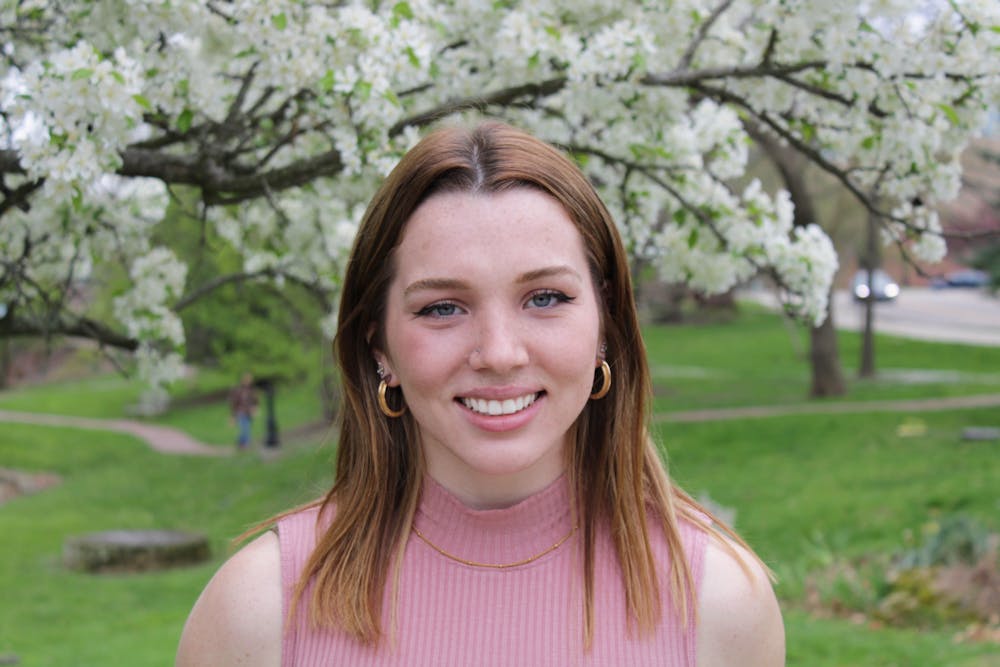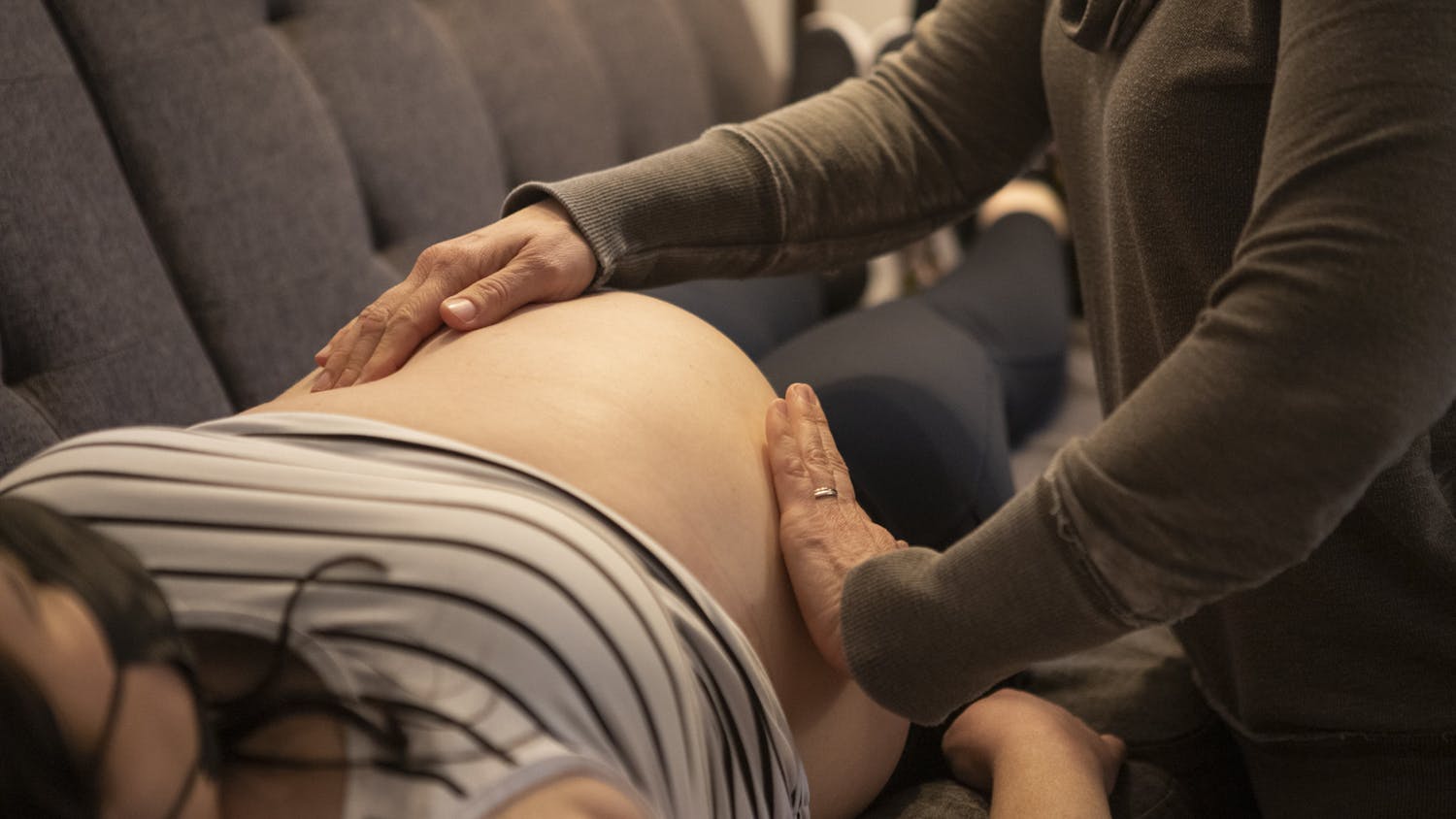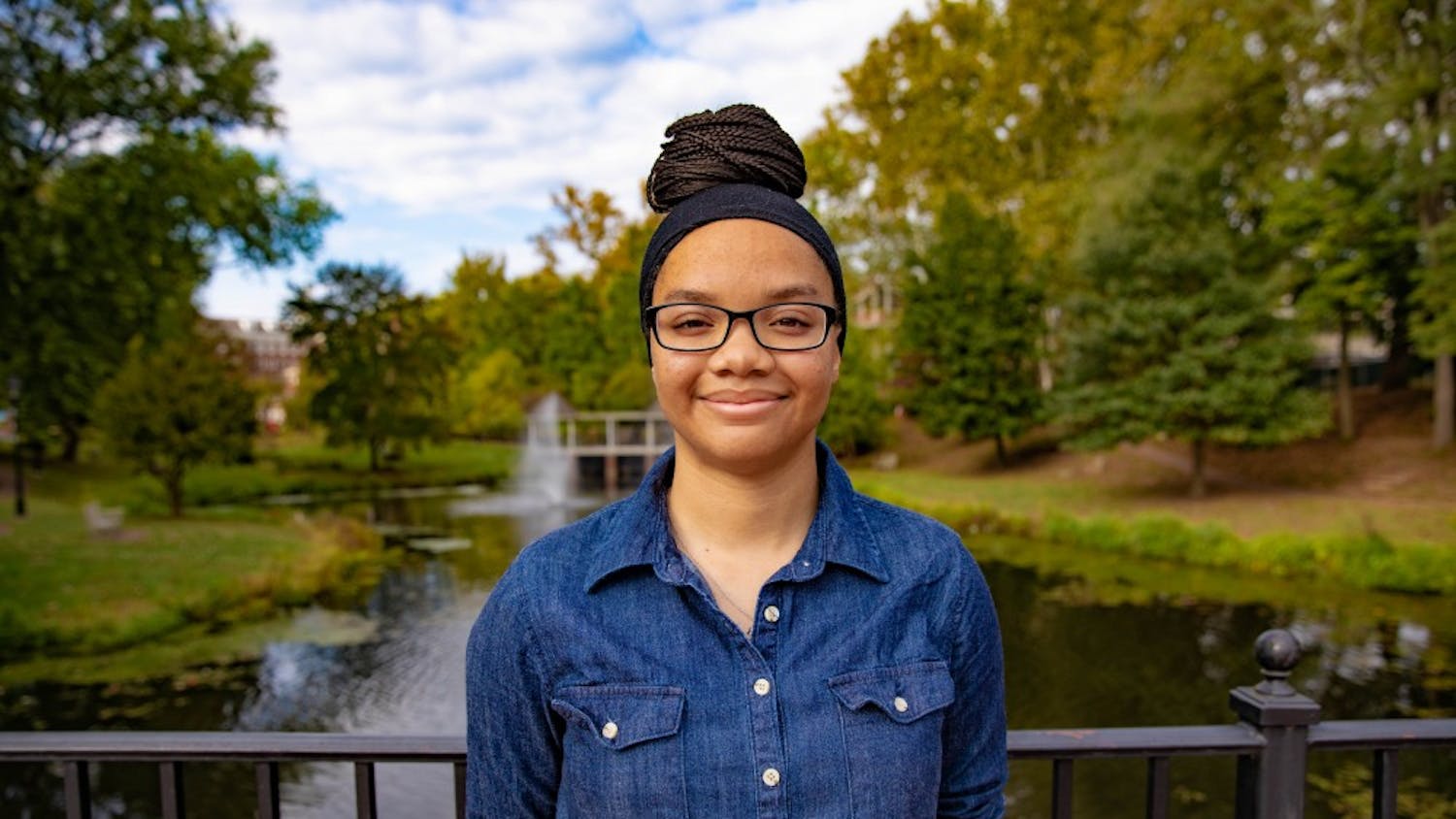Late Monday evening a draft of a majority opinion from the Supreme Court was made public by Politico and other news organizations that would overturn the landmark abortion rights case Roe v. Wade and the case that followed, Planned Parenthood v. Casey. The decision, long feared by abortion rights advocates, could have disastrous consequences for the nation.
The current opinion is in the case of Dobbs v. Jackson Women’s Health Organization, a 2018 case challenging the constitutionality of Mississippi's ban of abortions after 15 weeks, which was heard by the Court in early December of 2021. As the current vote stands, five justices are in favor of supporting the ban with three opposed, effectively overturning the 1973 decision of constitutional abortion protection in Roe.
Like most Court decisions, the opinion is subject to revision and the possibility exists for votes to change. The final opinion will not be officially published for as long as two months.
If the decision stands, the impact across the nation will be immediate. Currently, 12 U.S. states have “trigger laws,” or laws which would immediately be implemented to restrict abortion should Roe be overturned. Additionally, nine states have inactive abortion bans that precede Roe that could potentially be put into effect. Four states, including Ohio, have currently blocked bills banning abortion after the detection of cardiac activity, which could also be enacted.
This means that it is not unlikely that in nearly half of U.S. states, abortion will be either prohibited or severely restricted. With over 625,000 women seeking abortions in 2019, drastically reduced abortion access creates a dichotomy between demand and access that creates a dangerous environment.
The elimination of abortion protection fosters a fear among women of the inability to have a choice regarding their health and wellbeing. Those who undergo abortion procedures do so for a variety of reasons, not limited to not wanting to have children, but also including medical dangers, financial insecurity, pregnancy as a result of assault and more. It is often a difficult and complex decision, which is not taken lightly.
If abortion rights lose protection, women who are experiencing pregnancy as a result of sexual assault and are unable to receive an abortion would horrifically be forced to carry a child to term while dealing with the trauma of the assault and inability to make a decision about her health. Those who experience medically nonviable pregnancies like ectopic pregnancies may experience a threat to their life if unable to terminate.
Desperate women who are seeking abortion access for a variety of reasons will not be deterred by anti-abortion laws. Instead, as demonstrated in years prior to Roe’s protection, there is likely to be a shocking rise in dangerous abortion practices to terminate pregnancies.
If overturned, the nation will be largely divided between red and blue states with widely varying levels of access to abortion care. This can have the effect of widening socioeconomic gaps in care for women, as only those with the financial means to travel to the nearest clinic, potentially states away, would be able to receive abortion care.
In the 1950s and 1960s, estimates of the number of illegal abortions ranged from 200,000 to over a million per year. Not all were performed by a medical professional, and some resulted in death, with illegal abortion causing 17% of pregnancy-related deaths in 1965.
Women of color and those of lower socioeconomic status are disproportionately affected in cases of illegal abortion, with a higher number performing dangerous self-induced procedures. A study in New York in the 1960s among low-income women found that a shocking eight in 10 of the women who said they had an abortion reported having attempted a self-induced procedure. Only 2% reported a physician being involved.
In 2021, a University of Colorado researcher reported that her research indicated that pregnancy-related deaths could actually increase 21% should total abortion bans be instated in the U.S. This figure stems from the fact that in our current medical climate, carrying a pregnancy to term involves more risk than most abortions.
The decrease in abortion access will have an impact on several other facets of the U.S. social system as well. In already overloaded foster care and adoption systems, an influx of children is likely to come as a result of women who are financially or otherwise unable to care for a child, but unable to obtain an abortion. A study by the Guttmacher Institute found that the number of adoptions of children born to white women decreased by at least a third in states that repealed restrictive abortion laws, suggesting it is likely that those numbers would rise again in the case of abortion criminalization.
While forceful effort seems to be directed towards restricting abortions once a woman is pregnant, there is a appalling lack of focus on front-end education and prevention, which could prove more effective in reducing the number of abortions through providing guidance and awareness of options for women experiencing pregnancy.
Access to effective birth control and adequate reproductive education may help reduce the number of unwanted pregnancies and lower the demand for abortions. However, among many anti-abortion advocates, particularly those who are religious, this is not a focus.
Aggressive tactics calling women murderers and alleging a hell-bound future for making the best decision for their situations is not effective, and arguably pushes them away from the pro-life argument. Instead, open dialogue about options that exist and support for the woman’s situation can open more avenues for potential alternatives to abortions.
Taking away constitutional protection of abortion will allow states to close the door for hundreds of thousands of women to self-determine and make choices about their reproductive health and overall wellbeing. As our nation regresses towards a pre-Roe existence, it is essential to take a look back at where we came from and where we may end up in the future.
Sophia Young is a sophomore studying journalism at Ohio University. Please note that the views and opinions of the columnists do not reflect those of The Post. Want to talk more about it? Let Sophia know by tweeting her @sophielisey.






